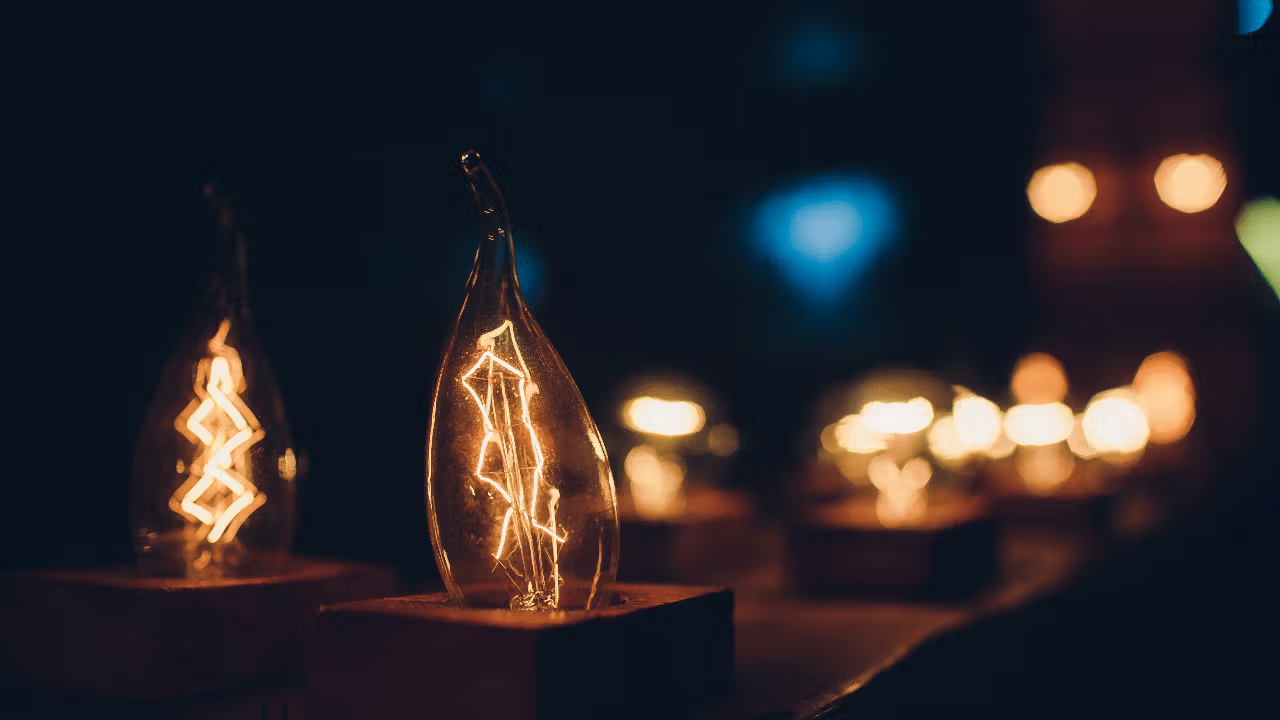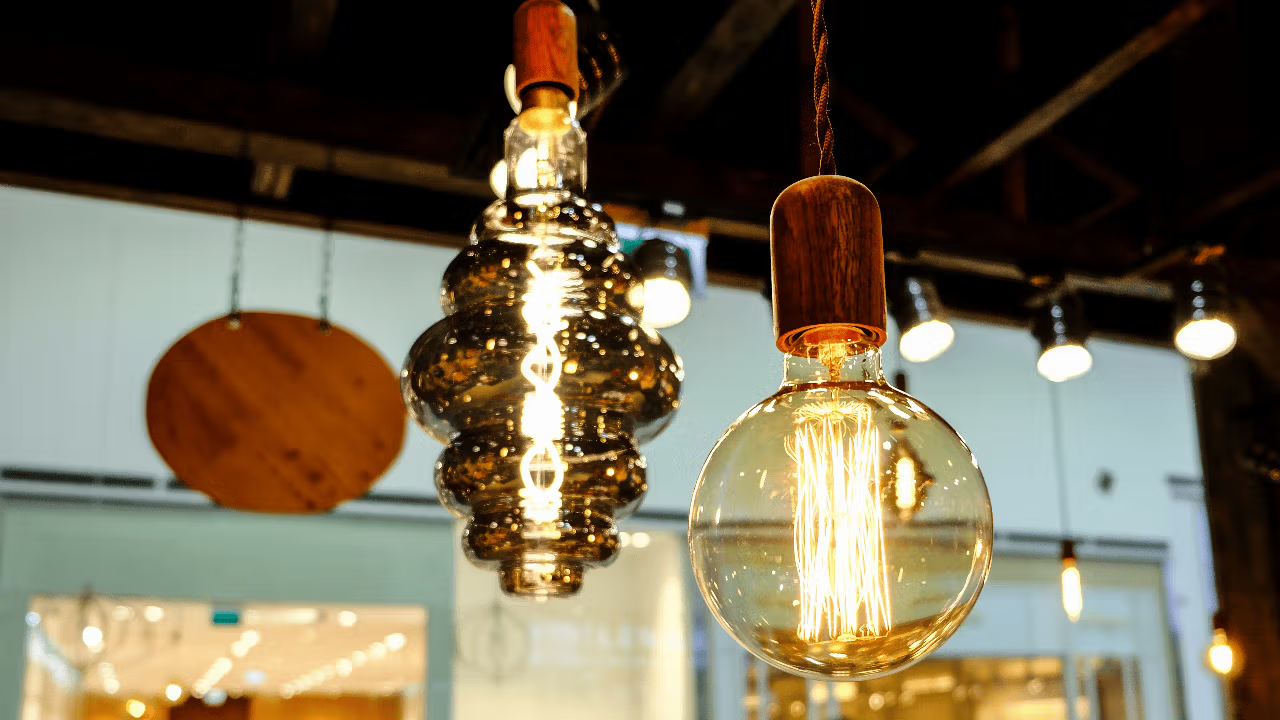Lumen Light: What Is It and How To Read The Lighting Facts Label
By HeyHome • December 20, 2023

Introduction: Illuminating the World of Lumen Light
In a world where light touches every aspect of our lives, understanding "lumen light" becomes not just a matter of choice but of necessity. As we step into the realm of lumens, we embark on a journey to redefine our perception of light. This introduction serves as a beacon, guiding you through the essence of lumens and their pivotal role in lighting our homes and lives. Get ready to illuminate your understanding of light, where every lumen counts in crafting the perfect ambiance.
Join our newsletter
Stay on top of the latest in landscaping and lawn care with one valuable tip right in your inbox every Saturday morning.
What is Lumen? Understanding Light Intensity
Lumen Light vs. Watts: Decoding the Difference
Lumens and watts are terms often used interchangeably in the world of lighting, but they signify very different aspects. Lumens measure the brightness of a light bulb, indicating how much light you are getting from a bulb. In contrast, watts refer to the energy a bulb consumes. Understanding this distinction is key in making energy-efficient choices.
The Significance of Lumens in Lighting
The significance of lumens in lighting cannot be overstated. It's the lumens that determine how brightly a space is illuminated. Whether it's the cozy corner of a living room or a study, the lumen output of a bulb dictates the ambiance. With the shift towards energy-saving solutions, measuring light in terms of lumens rather than watts has become essential in selecting the right bulb for your needs.

The Science Behind Lumens and LEDs
Brightness (Lumens) and Temperature (Kelvins) in LEDs
LED bulbs, a staple in modern lighting, bring together two critical aspects: brightness, measured in lumens, and color temperature, gauged in Kelvins. Lumens in LED lamps determine how bright the light is, with higher lumens equating to brighter light. Simultaneously, the Kelvin scale offers a spectrum of color temperatures from warm, yellowish hues to cooler, bluer tones. This unique combination in LED technology allows for a diverse range of lighting atmospheres, suitable for different settings and preferences.
Why Color Temperature Matters
The importance of color temperature in lighting goes beyond aesthetics. It significantly impacts mood and ambiance. Warm light, lower on the Kelvin scale, creates a cozy and inviting atmosphere, ideal for living rooms and bedrooms. Cooler, higher Kelvin lights, on the other hand, are energizing, making them perfect for workspaces and kitchens. Understanding this interplay of lumens and color temperature helps in choosing the right LED bulb for each area of your home, as illustrated in the color temperature chart often found on lighting facts labels.

Smart Buying: Choosing the Right LED Bulbs
How To Buy LED Bulbs for Your Home
When purchasing LED bulbs for your home, it's essential to consider factors like brightness and energy efficiency. Look for Energy Star certified bulbs, which guarantee both quality and efficiency. Assess the lumens to understand how much light the bulb will provide. Remember, higher lumens mean more light, suitable for areas like kitchens or offices, while fewer lumens create a softer ambiance for bedrooms or dining areas.
Buy Lumens, Not Watts: A New Perspective
Traditionally, buying light bulbs was all about wattage. However, with the advent of energy-efficient lighting like LEDs, the focus has shifted to lumens. This new perspective encourages consumers to buy bulbs based on the brightness they need, not the energy they consume. Opting for LED bulbs with the lowest wattage for the required lumens not only ensures the right lighting but also maximizes energy savings.
Join our newsletter
Stay ahead of the curve in all things outdoor.
Get the inside scoop on the latest landscaping, lawn care, and fencing trends with 1 actionable tip every Saturday morning.
Optimal Lighting for Your Space
Indoor vs. Outdoor Lighting: A Comparative Guide
The choice between indoor and outdoor lighting hinges on light output and resilience. Indoor lighting, often involving incandescent bulbs or LEDs, focuses on creating a warm, inviting ambiance. Options range from yellowish, dimmer light for a relaxed atmosphere to brighter, whiter light for working areas. Outdoor lighting, on the other hand, requires durability against elements and often brighter light for visibility and security.
Determining the Right Bulb Type
Selecting the right bulb type is key to achieving the desired lighting effect. For indoor settings, softer, warmer lights are usually preferable, often achieved with dimmer switches and lower Kelvin ratings. In contrast, outdoor spaces benefit from higher Kelvin bulbs that emit a bluer, brighter light. Furthermore, incorporating lighting fixtures like ceiling fans can enhance both illumination and air circulation, merging functionality with comfort.

Deciphering the Light Bulb Label
Reading the Label: A Step-by-Step Guide
The lighting facts label on light bulbs is a treasure trove of information, essential for making informed choices. It details everything from lumens, indicating the bulb's brightness, to its energy consumption. Start by looking at the lumens to gauge how much light the bulb will emit. Then, check the watts to understand its energy usage. This label also often includes a lifespan estimate, helping you anticipate the bulb's longevity.
Understanding Lumens and Efficiency on Labels
The efficiency of a light bulb is directly tied to its lumens-per-watt ratio, a key detail found on the lighting facts label. Higher lumens with lower wattage signify more efficient bulbs, leading to energy savings and reduced environmental impact. For those using dimmer switches, it's crucial to ensure compatibility, as not all bulbs function well with dimmers. This label is your guide to finding the perfect balance between brightness (how many lumens) and efficiency, aligning with your lighting needs and energy-saving goals.

Conclusion: Enlightening Your Home with Knowledge
With the knowledge gained about lumen light, you are now equipped to make more informed decisions about the lighting in your home. Understanding the interplay of lumens, watts, and color temperature empowers you to choose the right lamp or bulb, ensuring that your spaces are lit not just brightly, but wisely. Remember, the goal is not just to light up your home, but to enhance the quality of life within it. Whether it's creating a cozy ambiance with warm, dim lights or energizing a room with bright daylight, each lumen contributes to the story of your space. Embrace this enlightenment, and watch as your home transforms into a haven of well-measured, energy-efficient, and beautiful lighting.
Join our newsletter
Stay ahead of the curve in all things outdoor.
Get the inside scoop on the latest landscaping, lawn care, and fencing trends with 1 actionable tip every Saturday morning.